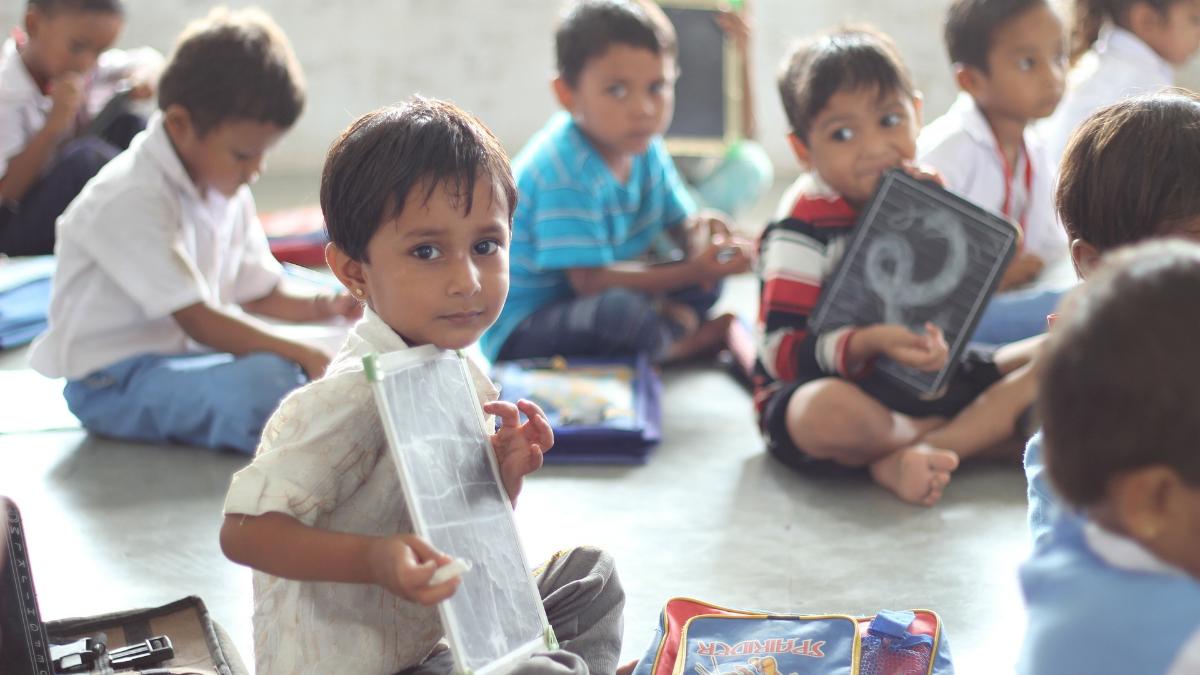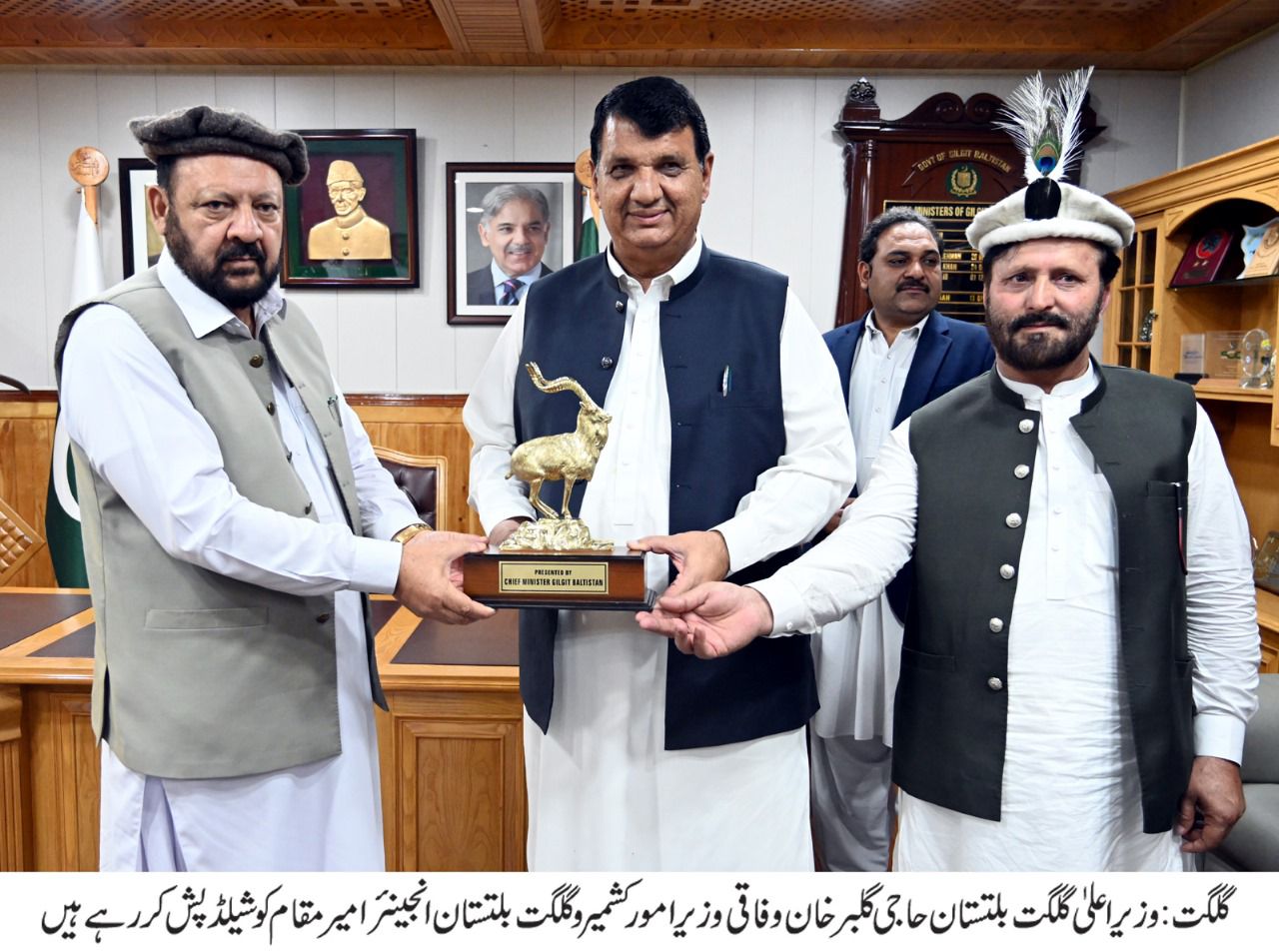“By: Ubaid Sahil”
A country like Pakistan, with only a 59% literacy rate, often finds itself in a tight corner when it comes to the Human Development Index. Education is a basic right of every individual, and claiming this right is the need of every human in recent eras. It is education that leads someone to make a difference in this world of opportunities and challenges. A major reason behind developed and successful nations is the easy accessibility and availability of education at every level. A lower literacy rate can result in economic and political instability, unemployment, social inequality, poverty, lack of professional growth, and health issues.
According to the Federal Ministry of Pakistan, the current literacy rate of Pakistan is 62.3%, ranking in 113th position among 120 countries. It is a result of various factors, including poverty, limited accessibility to education, and gender inequality. A notable point is that our country’s literacy rate is growing at a much slower pace than other nations. The question then arises: how can we improve Pakistan’s literacy rate? There are numerous possible solutions which are crucial to implement nationwide, and there is a lot of research on this subject. But, today, we will focus solely on the role of students in improving the literacy rate.
The major reason behind Pakistan’s high illiteracy rate is undoubtedly poverty, and to combat this, students themselves can play an important role, especially in rural areas where the literacy rate is far lower than in urban areas. Students can voluntarily come together to donate a small amount of their pocket money to support those who can’t afford education due to poverty. Along with small donations, students can also organize fundraising events and conduct donation campaigns to collect funds. Then, through this collected money, they can support many students who cannot afford education. Each school and class should make efforts to help spread knowledge in society.
There are 20 students in a class. 10 of them have decided to donate 500 rupees each from their pocket money. It’s not a big deal, and every single student can afford to donate 500 rupees each month. The collected 5000 rupees from one class is enough to enable a child to attend school and receive an education. Besides this, the students can approach the school management to support the child with fees and other expenses. Thus, one class can support a single child’s education. Suppose a school has 20 classrooms; it can support 20 children. Supporting 20 students in a rural area is a tremendous initiative. Regions with at least 6 schools can support up to 100 students in their studies. Scholarships supporting studies can be organized through these collections, and thousands of children will be able to receive an education this way. In a country where over 28 million children are out of school, this tactic can significantly improve the literacy rate.
Imagine if the students of a single school could support around 20 children. Now, consider Pakistan’s overall educational institutions. According to some estimations, Pakistan has over 300,000 educational institutes. All of these institutions combined could support around 6 million children’s studies, which is more than 20% of the 28 million out-of-school children. How effective and revolutionary it would be if practised in every corner of the country.
Such initiatives can boost the establishment of several education-supporting organizations across the country. School management can also be approached to participate in this vision to support more children. Collaboration and sponsorship from international communities can also be achieved to help even more children. All these efforts and initiatives will be organized only by the students. Additionally, the students can also voluntarily collaborate to offer free tuition and mentorship to children to boost their talent and shine their abilities.
These efforts will not only help poor students afford an education but also assist students in developing leadership skills, community engagement abilities, and social responsibility. If these efforts are effectively implemented across the country, our nation will be transformed. Our literacy rate will increase, and education will become more accessible. It will also reduce the burden on those parents who want to see their child as a literate and successful person. Thousands of children will achieve success in their journeys through these efforts and initiatives.








